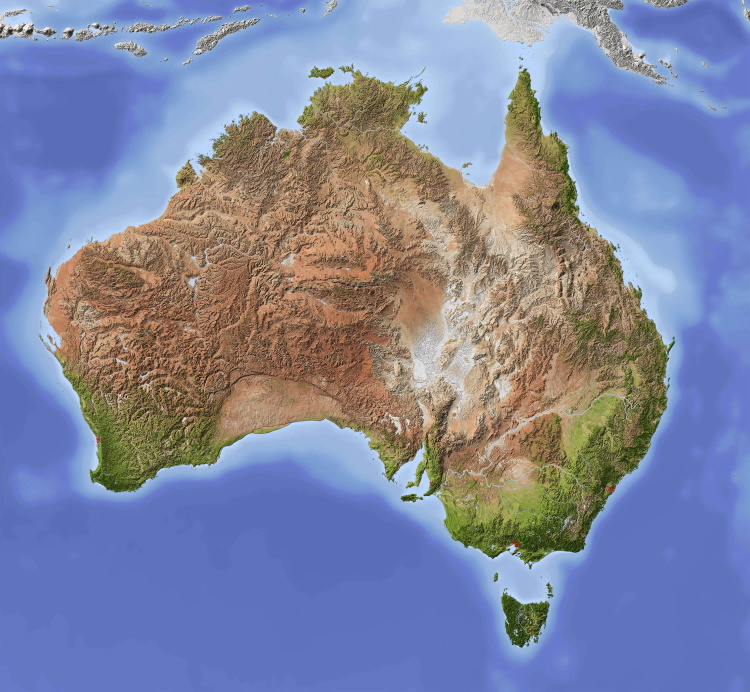Alon Levy, co-lead of the transportation and land use program at New York University’s Marron Institute, has spent years studying why some countries are able to build transport infrastructure cheaply and others aren’t.
Though the preliminary business case of the expansion of Gold Coast light rail includes few details, Levy estimates that the project may ultimately cost as much as 10 times more than comparable European infrastructure.
Those include, Levy says, a lack of contracting transparency, over-engineering, politicisation, poor allocation of cost risk – and above all, contracting out to the private sector.


Dedicated bus lanes are needed if we want everyone to use it, and not just the poor (since people will typically use the fastest, most convenient option). So it requires some changes to road infrastructure. Buses are also typically worse from an emissions perspective (especially fossil fuel buses) although it depends on the specifics. I’m not sure how that last point is any different with light rail, since all public transport will involve sharing space with poor people.
Nevertheless, I agree that buses can be a good option and might be a better fit in less dense locations in particular. On demand buses are starting to become a good option in rural areas, for example.
And Australia seems to be arguably overenthusiastic about light rail in general when it isn’t always the best fit.
I have no idea where you get that sense. The Gold Coast light rail has so far been a massive success, proving that it was the right decision. It seems to have been very successful in Newcastle despite the route it takes being utterly ludicrous (incredibly short, only in areas that you’d probably have to drive to to begin with, parallel to a fantastic easy walking path), at least for now until the extensions are built. Sydney’s light rail has been an absolute blowout success.
And yet despite every time it’s been done it being enormously successful, we are still hesitant to do more. The Sunshine Coast has just made the myopic decision to not build light rail. Despite the enormous success of stages 1 and 2, stage 3 won’t be finished until nearly a decade after the completion of the previous stage. Brisbane decided it would go for short team ease rather than the long term superior option. And Newcastle doesn’t seem to have any serious plans for its stage 2 over 5 years since it first opened.
We have some good light rail systems in this country, but we are nowhere near “overenthusiastic”. Quite the opposite.
I was thinking enthusiasm from the general public, not so much governments. It’s not that it isn’t a good idea, it’s just that conventional rail can often be a better alternative in many cases. But when it’s the choice between building nothing and building light rail? Then yeah, building it’s the obvious choice. And obviously, light rail is the better option in certain cases too.
Yeah it can. In most of the cases I’ve seen though, it’s been a question of light rail or buses. Buses also have their place for sure, but any time you’re sincerely asking the question “should we build light rail or use buses?” the answer is almost guaranteed to be light rail. That goes double if the buses are going to be BRT with specific dedicated infrastructure anyway.